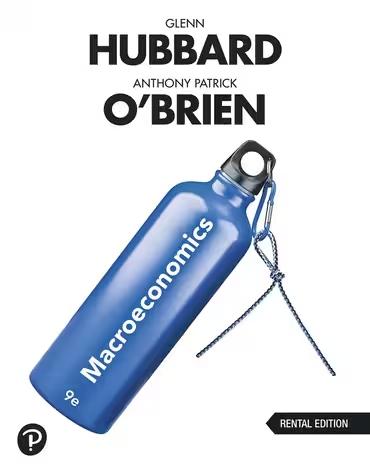Consider the following situations involving opportunity cost. a. In an academic article, Craig Garthwaite, an economist at
Question:
Consider the following situations involving opportunity cost.
a. In an academic article, Craig Garthwaite, an economist at Northwestern University, wrote that “the cost of consuming a book is the combination of the retail price and the opportunity cost of the time spent reading.” Do you agree?
Isn’t the cost of consuming a book just the price you pay to buy the book? Why include the cost of the time spent reading the book in the cost of consuming the book?
b. Andrea J. Caceres-Santamaria, an economist at the Federal Reserve Bank of St. Louis, discusses two examples of opportunity cost:
i. “A student spends three hours and $20 at the movies the night before an exam.”
Is the student’s opportunity cost $20? Briefly explain.
ii. “Imagine you’re at the mall and deciding between two different smoothie flavors—mango or strawberry banana.
Both cost $7.” Caceres-Santamaria explains that if you buy the mango smoothie, the opportunity cost is not best measured by the value you place on the strawberry-banana smoothie that you have to give up to buy the mango smoothie.
Step by Step Answer:






